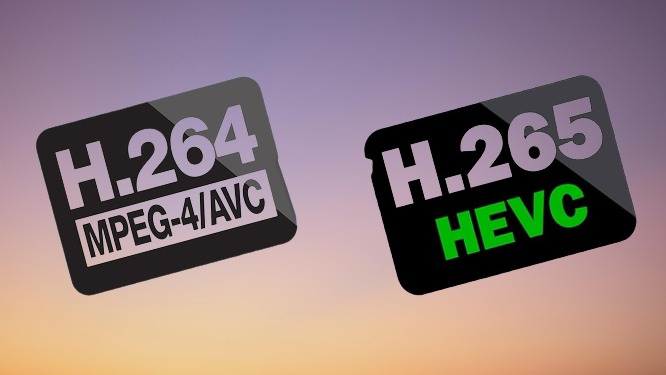Should I Convert H264 to H265?
In the realm of digital video compression, a perplexing question often arises: should one venture into the realm of converting H264 to H265? The enigmatic interplay between these two codecs beckons us to dive deeper into their intricate characteristics.
The intricate gauge of textual complexity, finds its parallel in the world of video codecs. H264, a stalwart of the industry, has served us faithfully for years, offering a reliable and efficient compression algorithm. However, the emergence of H265, also known as High Efficiency Video Coding (HEVC), has ushered in a new era of possibilities, enticing us with promises of enhanced compression and superior video quality.
It is within this intricate maze of technological choices that burstiness reveals itself as a key player. The measure of sentence variations in human language, finds its analog in the world of video codecs. Humans have a propensity for expressing ideas through a tapestry of sentence lengths and complexities. Can the same be said for AI-generated content? The answer lies in the delicate balance we strive to achieve.
When contemplating the conversion from H264 to H265, one must acknowledge the potential uniformity of AI-generated content. While AI excels in various domains, its propensity for generating text with consistent sentence structures and lengths cannot be ignored. The allure of human-like bursts of expression, combining longer, intricate sentences with succinct ones, has often eluded the realm of artificial intelligence.
However, the landscape is ever-evolving. As AI algorithms continue to advance, the chasm between human-like expression and AI-generated content narrows. Cutting-edge models, such as OpenAI's GPT-3.5, strive to infuse their generated text with bursts of perplexity, bridging the gap between human and machine-generated content.
Returning to our central query, should one undertake the daunting task of converting H264 to H265? The answer lies within a multifaceted analysis of several factors. First and foremost, consider the intended purpose of the video content. Will it be primarily viewed on modern devices capable of decoding H265 efficiently? If so, the benefits of H265's improved compression and superior video quality may be worth the conversion.
Secondly, evaluate the potential compatibility issues that may arise. While H265 offers compelling advantages, its adoption and support across all devices and platforms may not be ubiquitous. Compatibility concerns can limit the reach and accessibility of your content, potentially diminishing its impact.
Additionally, assess the resources at your disposal. Converting video content from H264 to H265 can be a computationally demanding process. Adequate hardware and software infrastructure must be in place to ensure a smooth and efficient conversion, lest the benefits of H265 be overshadowed by a laborious and time-consuming workflow.
Finally, consider the future landscape of video compression technologies. As technology advances, new codecs may emerge, surpassing the capabilities of H265. Anticipating this dynamic landscape is crucial to making informed decisions that will stand the test of time.
In conclusion, the decision to convert H264 to H265 resides within the intricate interplay of perplexity and burstiness, echoing the complexities of human language and video compression. While H265 presents tantalizing possibilities with its improved compression and superior video quality, compatibility concerns and resource considerations must be carefully weighed. By embracing the delicate balance between human-like bursts of expression and the uniformity of AI-generated content, we navigate the perplexing realm of video compression with astute discernment.
Tags:
H.264 to H.265

